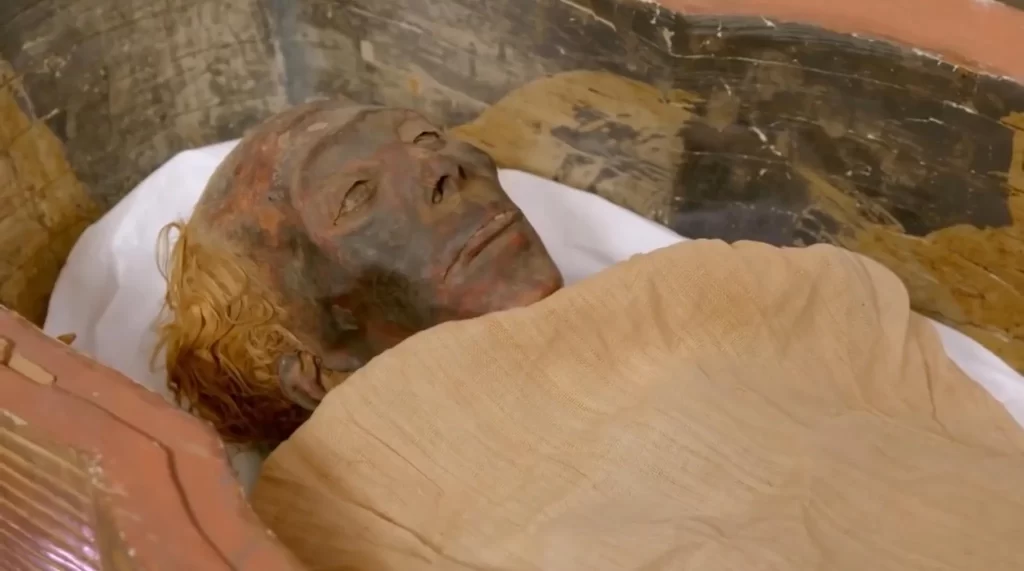The discovery of the mummy of Thuya offers a remarkable glimpse into the life and times of a prominent figure from ancient Egypt. Yuya and Thuya, who were the parents of Queen Tiye, the beloved Great Royal Wife of King Amenhotep III, were buried in the famous Valley of the Kings. Their tomb, known as KV46, was discovered in February 1905 by British Egyptologist James E. Quibell during excavations funded by the American millionaire Theodore M. Davis.
The well-preserved mummy of Thuya provides a wealth of information about the mummification practices, physical characteristics, and social status of the Eighteenth Dynasty in ancient Egypt. In this blog post, we will delve into the fascinating details surrounding Thuya’s life, her family connections, and the remarkable insights her mummy offers into the ancient Egyptian world.
Origins and Family
Noble Origins and Titles
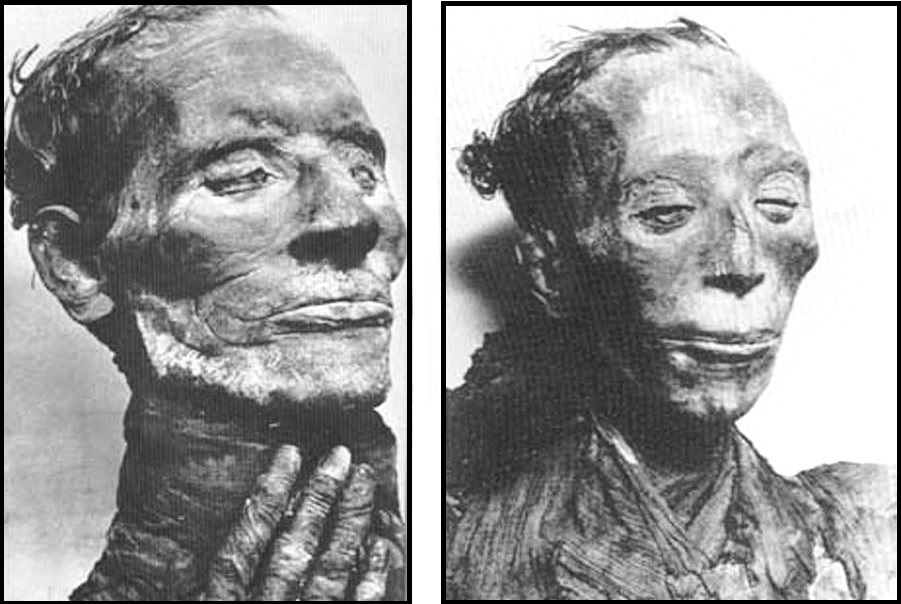
Yuya and Thuya hailed from Akhmim, a city in the modern Sohag Governorate of Upper Egypt. To the ancient Egyptians, it was known as Ipu, the capital of the Ninth Nome of Upper Egypt. While the couple were not of royal status, they were of noble origins. Some Egyptologists propose that Thuya might have been a descendant of Queen Ahmose-Nefertari, adding to her prestige.
Despite their non-royal origins, Yuya and Thuya held significant titles. Thuya, for instance, was known as the “Chief of the Entertainers” of both Min and Amun, and “Singer of Hathor.” These titles suggest her involvement in various religious and ceremonial activities, indicating her high status in society.
Connection to Queen Ahmose-Nefertari
The possibility of Thuya’s descent from Queen Ahmose-Nefertari, the wife of Pharaoh Ahmose I and the founder of the Eighteenth Dynasty, is an intriguing aspect of her lineage. If true, it would add to Thuya’s already impressive social standing and connections to the royal family.
Ahmose-Nefertari was a highly revered figure in ancient Egypt, known for her political and religious influence. Her descendants were often afforded significant privileges and positions within the Egyptian court. The potential link between Thuya and this influential queen further highlights the remarkable status and significance of Yuya and Thuya’s family.
Descendants and Influence
Queen Tiye and Anen
Yuya and Thuya had at least two known children: Queen Tiye and a man named Anen. Tiye became the Great Royal Wife of Amenhotep III, one of the most powerful pharaohs of the Eighteenth Dynasty. Anen held several important priestly titles, including “Chancellor of Lower Egypt,” “Second Prophet of Amun,” and “Sem-Priest of Heliopolis.”
The prominence of Yuya and Thuya’s children, particularly the influential Queen Tiye, highlights the family’s significant role in ancient Egyptian society. Tiye’s marriage to Amenhotep III further cemented the family’s connection to the royal lineage, solidifying their status and influence within the Egyptian court.
Possible Connection to King Ay
It is also proposed that King Ay, who ruled Egypt towards the end of the Eighteenth Dynasty, may have been a son of Yuya and Thuya. This connection, although not definitively proven, suggests the family’s lasting influence on the Egyptian royal lineage.
The potential link between Yuya and Thuya’s family and King Ay, who played a crucial role in the transition of power from the Eighteenth to the Nineteenth Dynasty, underscores the enduring impact of this prominent family. Their descendants’ positions of power and influence within the Egyptian hierarchy speak to the family’s elevated status and the respect they commanded.
Burial and Preservation
Discovery and Initial Examination
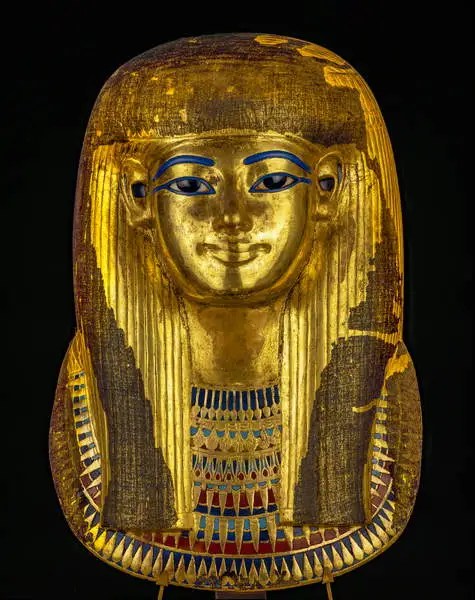
The mummies of Yuya and Thuya were remarkably well-preserved when their tomb was discovered. Thuya’s body, in particular, provides a wealth of information about the mummification practices and the physical characteristics of the era. Her mummy was found lying serenely within her coffin, covered with a large linen shroud knotted at the back and secured by four bandages, leaving her feet and face exposed.
The discovery of Yuya and Thuya’s tomb, KV46, in the Valley of the Kings was a significant event in the annals of Egyptology. The well-preserved state of the mummies and the accompanying artifacts offered a rare glimpse into the burial customs and material culture of the Eighteenth Dynasty.
Mummy Mask and Artifacts
Thuya’s mummy mask, along with other artifacts found in the tomb, is housed in the Egyptian Museum in Cairo. The mask is exquisitely crafted, reflecting the high level of artistry and craftsmanship of the time. These artifacts offer invaluable insights into the burial customs and material culture of ancient Egypt.
The meticulous attention to detail and the use of high-quality materials in Thuya’s mummy mask and other grave goods underscore the reverence and importance placed on her in ancient Egyptian society. These artifacts provide a tangible connection to the past, allowing us to better understand the beliefs, practices, and social hierarchies of the Eighteenth Dynasty.
The Condition of Thuya’s Mummy
Physical Characteristics and Condition
The well-preserved mummy of Thuya shows a woman aged around 50-60 years. Measuring at 145 cm (4 ft 9.1 in) tall, her body displays several notable features. Her arms lay alongside her body with her hands flat, and her ears are double pierced. Thuya’s gold foil sandals, discovered on her feet, were a significant find, indicating her noble status.
The remarkable state of Thuya’s mummy provides valuable insights into the physical characteristics and health of ancient Egyptians. The preservation of her body allows researchers to study her features, dental condition, and even the presence of scoliosis, a spinal curvature that would have affected her posture and mobility.
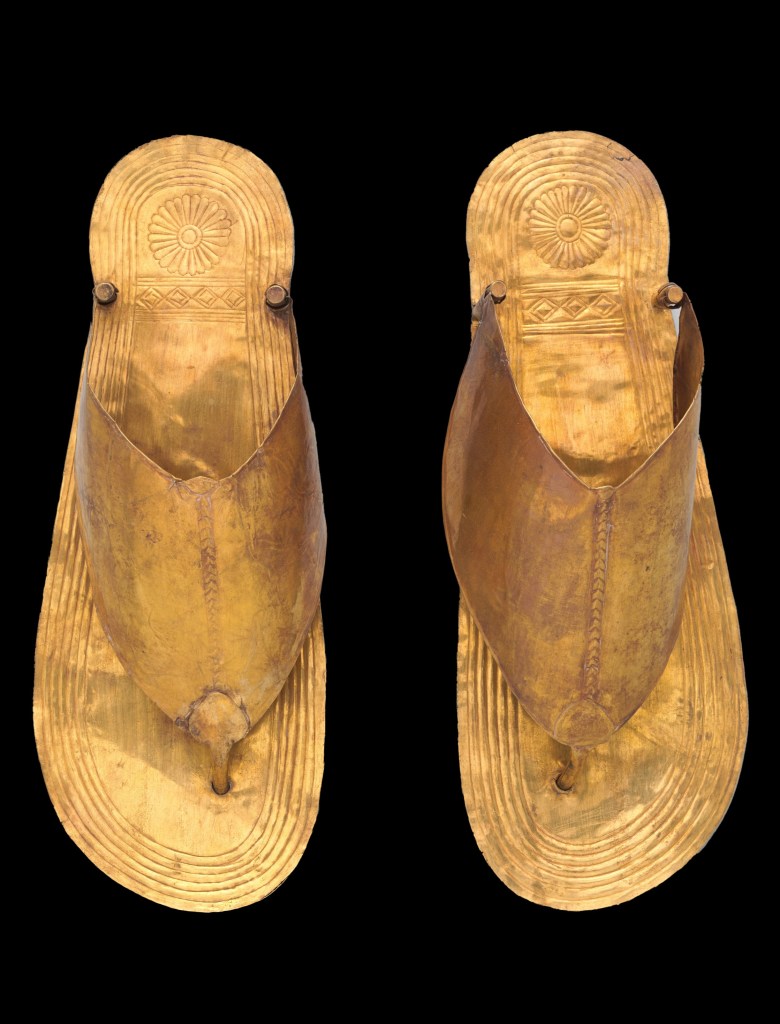
Dental Health and Scoliosis
Thuya’s dental health was poor, as she was missing several teeth and had a damaged molar. These dental issues likely caused her significant discomfort during her lifetime. Additionally, C.T. scans revealed that she had thoracolumbar scoliosis, a curvature of the spine, which would have affected her posture and mobility.
The information gleaned from Thuya’s mummy, including her dental health and the presence of scoliosis, offers a unique glimpse into the lived experiences of ancient Egyptians. These physical characteristics provide a more holistic understanding of the challenges and ailments faced by individuals of high social standing during that era.
C.T. Scan Findings
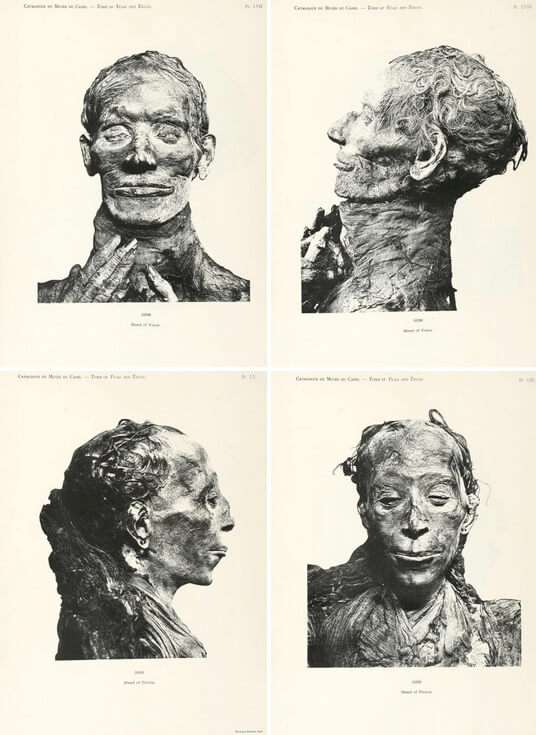
Scans and Observations
C.T. scans of Thuya’s mummy provided detailed insights into her physical condition. The scans showed a smooth lateral curve of the spine, confirming the presence of scoliosis. Additionally, the scans revealed an empty skull cavity, as the brain had been removed during the mummification process. The embalmers had placed balled linen within her orbital sockets to give her a lifelike gaze and hide the sunken eyes of death.
The C.T. scan findings offer a wealth of information about the mummification techniques and the physical state of Thuya’s body. These advanced imaging techniques allow researchers to delve deeper into the preservation methods used by ancient Egyptian embalmers, as well as the underlying health conditions of the individual.
Embalming Practices and Techniques
Thuya’s body showed evidence of typical Egyptian embalming practices. A resin-soaked pack was placed within the usual left inguinal incision, though no amulets or gold plating were found near the wound. Her heart was left intact within her chest cavity, as it was believed to be the seat of the soul and necessary for the afterlife. The torso was filled with resin-soaked linen folds and wraps, as well as heterogeneous sawdust or soil, to maintain its shape and prevent collapse.
The detailed analysis of Thuya’s mummy provides valuable insights into the sophisticated embalming techniques employed by ancient Egyptian embalmers. The preservation of her body, the care taken to maintain its lifelike appearance, and the inclusion of specific religious elements all reflect the Egyptians’ deep-rooted beliefs about the afterlife and the importance of proper burial practices.
Analysis of Embalming Practices
Linen and Resin Packing
The embalmers took great care to ensure that Thuya’s body remained as lifelike as possible. Both her eyes and nose were packed with linen, which prevented the collapse of these features during decomposition. The linen balls placed in her eye sockets even appeared to have pigment added to give the appearance of irises, enhancing the lifelike gaze.
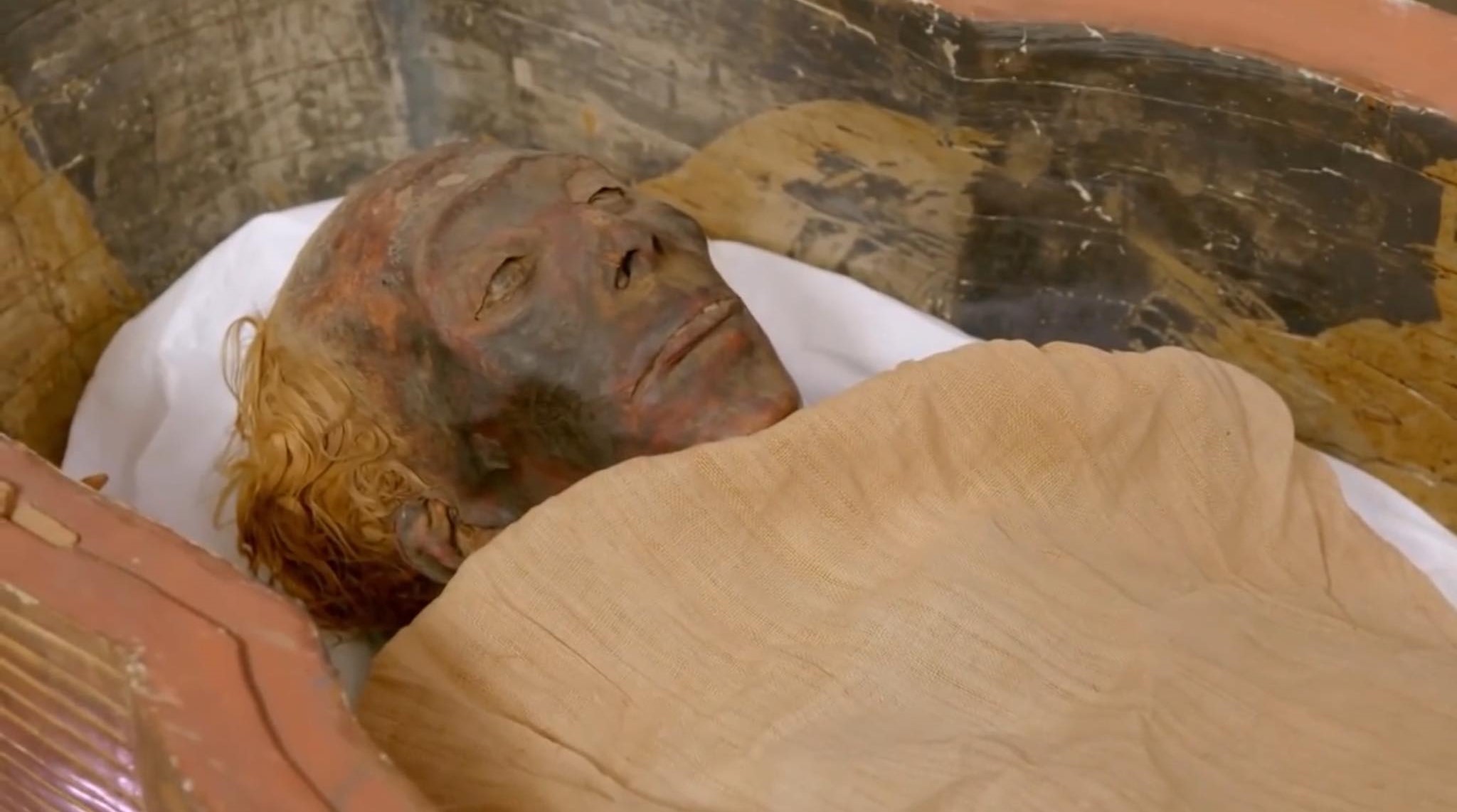
This meticulous attention to detail in the embalming process reflects the Egyptians’ reverence for the physical body and their belief in its importance for the afterlife. The preservation of Thuya’s facial features, including her distinctive nose, was likely crucial for her spiritual journey and the continued connection between the living and the dead.
Preservation of Facial Features
Thuya’s nose was also packed with linen to maintain its shape. This attention to detail preserved the prominent features of her face, which would have been important for the spiritual beliefs of the Egyptians. Despite these efforts, her nose showcased a deviated septum to the right, which she might have had in life, and a crooked nose bridge, possibly due to decomposition or the embalming process.
The preservation of Thuya’s facial features, even with minor imperfections, reflects the Egyptians’ desire to maintain the physical likeness of the deceased. This approach was likely rooted in their belief that the soul or “ka” of the individual would be able to recognize and inhabit the mummified body in the afterlife.
The Outer and Inner Coffins
Description and Materials
The outer coffin of Thuya is made of wood carved and covered with stucco gilt. It is mummiform in shape with finely modeled features. The inner coffin, also made of wood covered with stucco gilt, features an elaborate broad necklace with inlays of colored glass. The craftsmanship of these coffins reflects the high status and reverence given to Thuya.
The ornate and well-crafted coffins of Yuya and Thuya further underscore their elevated social standing within ancient Egyptian society. The use of high-quality materials, intricate designs, and attention to detail in the coffins demonstrate the importance placed on the proper burial and veneration of the deceased.
Scent and Preservation Observations
During the opening of Thuya’s coffin on the Channel 5 show “The Nile, Egypt’s Great River,” historians Bettany Hughes and Salima Ikram noted the strong scent of perfumes and resins. This suggests that the embalming materials used were of high quality and have remained effective over millennia.
The persistence of the scent from the embalming materials is a testament to the skill and expertise of the ancient Egyptian embalmers. The use of premium resins and perfumes not only helped preserve the body but also imbued the burial with a sense of reverence and spiritual significance.
Cultural and Historical Significance
Impact on Understanding Egyptian Mummification
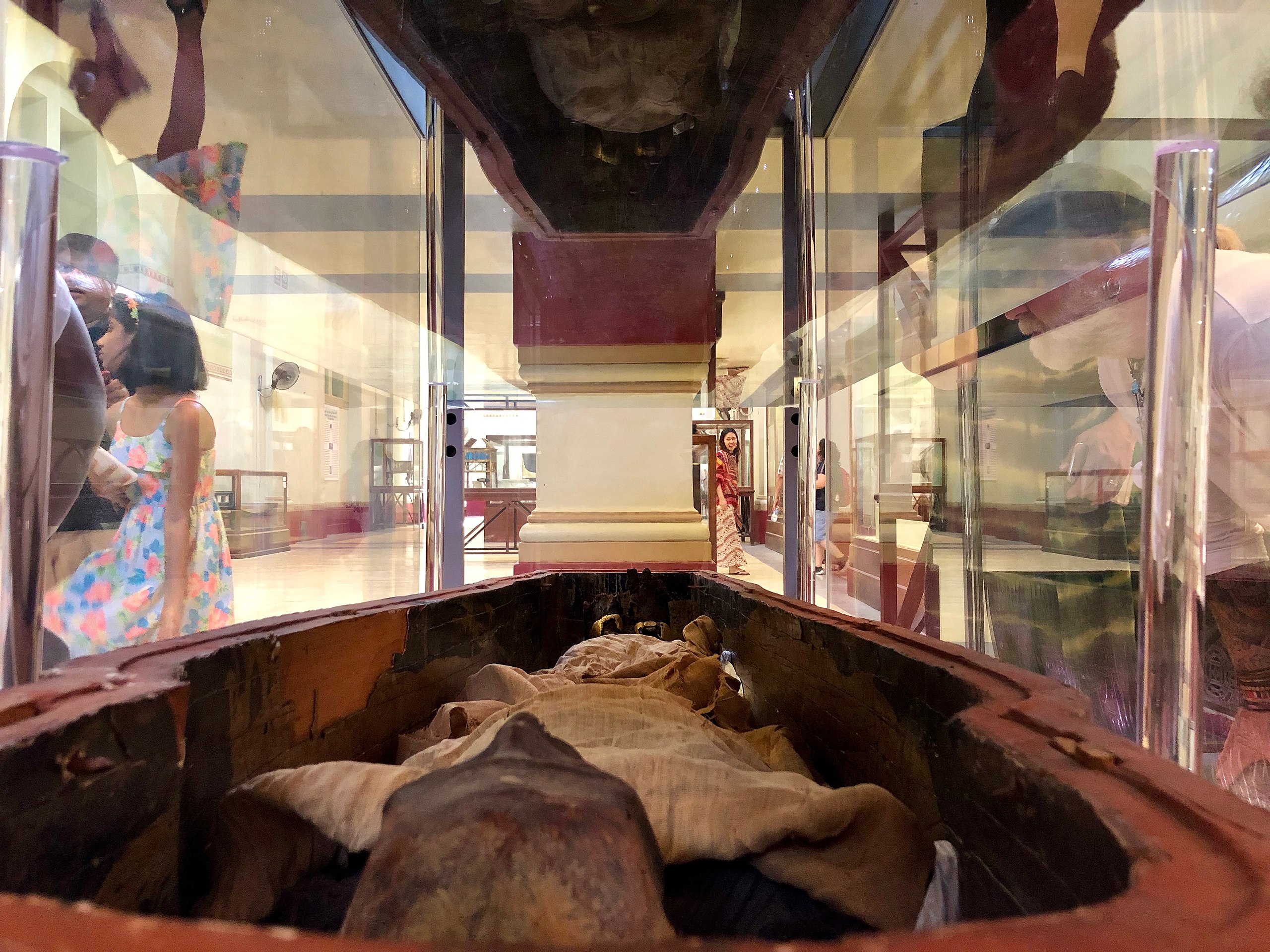
The discovery and study of Thuya’s mummy provide valuable insights into the mummification practices and religious beliefs of ancient Egypt. The meticulous embalming techniques and the preservation of her body highlight the Egyptians’ advanced knowledge of anatomy and their spiritual emphasis on the afterlife.
Thuya’s well-preserved mummy offers a unique window into the ancient Egyptian approach to death and the afterlife. The insights gained from her mummy contribute to our understanding of the complex rituals, beliefs, and technological prowess that underpinned the mummification process in ancient Egypt.
Legacy of Thuya and Her Descendants
Thuya, as the mother of Queen Tiye and grandmother of King Akhenaten, holds a significant place in Egyptian history. Her well-preserved mummy and the artifacts found in her tomb offer a tangible connection to the past, enriching our understanding of the Eighteenth Dynasty and the lineage that led to Tutankhamun.
The enduring legacy of Thuya and her family underscores the importance of preserving and studying ancient Egyptian artifacts and remains. By delving into the lives and histories of individuals like Thuya, we can gain a deeper appreciation for the complexities and nuances of ancient Egyptian society, culture, and power dynamics.
